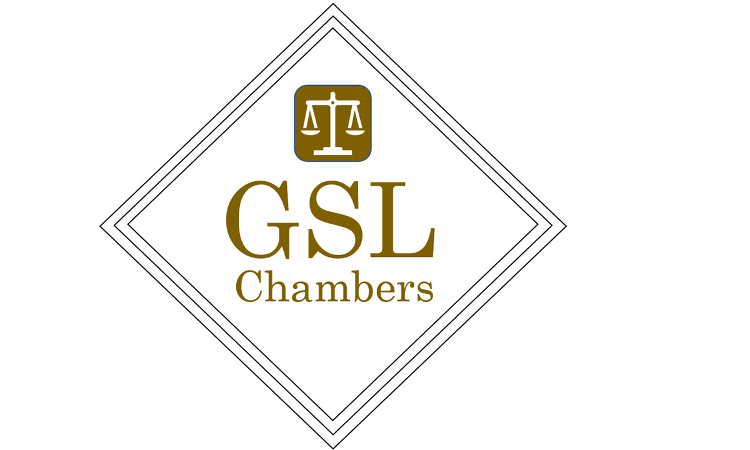- DEBT RECOVERY TRIBUNALS & PROCESS OF RECOVERY. RECOVERY OF DEBTS AND BANKRUPTCY ACT 1993 (“DRT ACT”). SECURITISATION AND RECONSTRUCTION OF FINANCIAL ASSETS AND ENFORCEMENT OF SECURITY INTEREST ACT 2003 (“SARFAESI ACT“)
- DEBT RECOVERY TRIBUNALS:
Debts Recovery Tribunals (DRT) and Debts Recovery Appellate Tribunals (DRAT) have been constituted under the provisions of the DRT Act [RECOVERY OF DEBTS (DUE TO BANKS AND FINANCIAL INSTITUTIONS) ACT 1993] for expeditious adjudication and recovery of debts due to Banks and Financial Institutions.
DRT has also been given the power to adjudicate the applications filed by the Borrower/Mortgagor against the action of the Secured Creditor initiated under the Securitization Act.
- PRESIDING OFFICER/JUDGE:
DRT is presided over by a Presiding Officer (PO), who is qualified to be a District Judge and is appointed by notification by Central Government.
DRAT is presided over by a Chairperson, who is qualified for appointment or who has been a Judge of a High Court or has been a member of the Indian Legal Services who has held the post of Grade I of such services for at least three years.
- APPLICATIONS TO BE MADE TO DRT UNDER DRT ACT:
Only Banks and Financial Institutions defined under the DRT Act, can file an Original application [OA under Section 19] before the DRT. The summary procedure is adopted by the DRTs for adjudication of the dispute.
Evidence is taken on affidavit and cross-examination is not permitted except in few deserving cases.
The defendants can file a counterclaim or claim of set-off against the claimed amount.
The final order is passed by the Tribunal directing the borrowers to pay the amount. In case, the borrower does not pay OR is not able to pay the amount, then a recovery certificate is issued against the borrower which is then executed by Recovery Officer of the DRT.
- APPEAL AGAINST THE ORDER OF DRT:
Any person aggrieved on account of an order passed by DRT may file an appeal before DRAT.
[DRAT does not entertain the appeal unless the Appellant deposits 75% of the amount or such other lesser amount as directed by DRAT with the Authority.]
- SECURITIZATION AND RECONSTRUCTION OF FINANCIAL ASSETS AND ENFORCEMENT OF SECURITY INTEREST ACT 2002. [SARFAESI ACT]
The provisions of the SARFAESI Act shall apply to Security Interest created in favor of Secured Creditor.
- APPLICATIONS MADE UNDER SARFAESI ACT:
An application under Section 17 is made before the Debts Recovery Tribunal within 45 days from the date of Section 13(4) [Possession Notice] Notice.
The procedure prescribed under the DRT Act is to be adopted by the DRT for the disposal of such applications filed under Section 17.
Any person aggrieved on account of an order passed by DRT may file an appeal before DRAT.
The DRAT does not entertain the appeal unless the Appellant deposits with the Appellate Authority, 50% of the amount or such other lesser amount as directed by DRAT.
IMPORTANT PRECEDENTS
- Mardia Chemicals Ltd. Vs Union Of India (2004 4 SCC 311)]
– The constitutional validity of the SARFAESI Act was challenged.
– Observed that secured creditor has powers for recovery without going to the court of law. Whereas, the interest of the borrower is safeguarded under SARFAESI Act by filing a SA under Section 17 before the DRT.
– Clarified that after all measures have been taken under Section 13(4) prior to the sale auction, the borrower may file an application under Section 17 of the Act.
– Held that financial transactions governed under SARFAESI Act cannot be a one-sided affair, shutting out all reasonable remedies to borrowers and permitting assumptions of all drastic powers for a speedy recovery of NPAs by the Banks and FI.
– The constitutionality of the Securitization Act was challenged and was then upheld except Section 17(2) of the Act.
- Transcore Vs. Union Of India (2008 1 SCC 125)
– Question = Whether withdrawal of OA in terms of Section19(1) of the DRT Act is a condition precedent to taking recourse to the SARFAESI Act?
– Multiple actions were taken under two different Acts.
– HELD that withdrawal of OA pending before DRT is not a pre-condition for taking recourse to the Securitization Act. The Securitization Act is an additional remedy, which is not inconsistent with DRT Act.
– It is for the bank/FI to exercise its discretion as to cases in which it may apply for leave and in cases where they may not apply for leave to withdraw.
- M/s Hindon Forge Pvt. Ltd. & Anr. Vs. State of Uttar Pradesh (2019 2 SCC 198)
– Challenge = Whether an application under Section 17 (1) of the Act is maintainable before physical or actual possession of secured assets is taken by the secured creditor under Section 13(4) of the Act read with Rule 8 of the Rules?
– Earlier, a borrower could seek recourse under the Act against measures taken by the Bank/FI only when steps for actual physical possession of the secured asset were taken. After this decision, the borrower may now prefer an application to challenge the measures when the process starts.
– HELD that a borrower can prefer an application under Section 17(1) of the SARFAESI Act even before physical or actual possession of secured asset is taken over by Banks/FI in the exercise of their powers under Section 13(4).

